Confluence vs Document360
Learn more about your options and pick the best tool for your team.
Not sure if Document360 or Confluence is a better fit for your needs? You've come to the right place.
If you are evaluating documentation tools, wikis, and knowledge base software, you may certainly find Confluence and Document360 on your shortlist. At first glance, these tools share many similarities, which may make the right choice far from obvious. But a more in-depth evaluation reveals several fundamental differences that are important to keep in mind.
In this article, we will take a closer look at both Confluence and Document360 and examine their strengths and weaknesses to help you make the right decision for your company.
Confluence and Document360 compared
Both Confluence and Document360 can be used to organize and share internal knowledge. Confluence has been on the market for almost 20 years and boasts over 60,000 customers worldwide. Although Document360 is a somewhat lesser-known tool by comparison, it is also appreciated by a sizeable user base.
Let's dive deeper into what Document360 and Confluence have to offer and also have a look at other alternatives you may want to consider.
Confluence
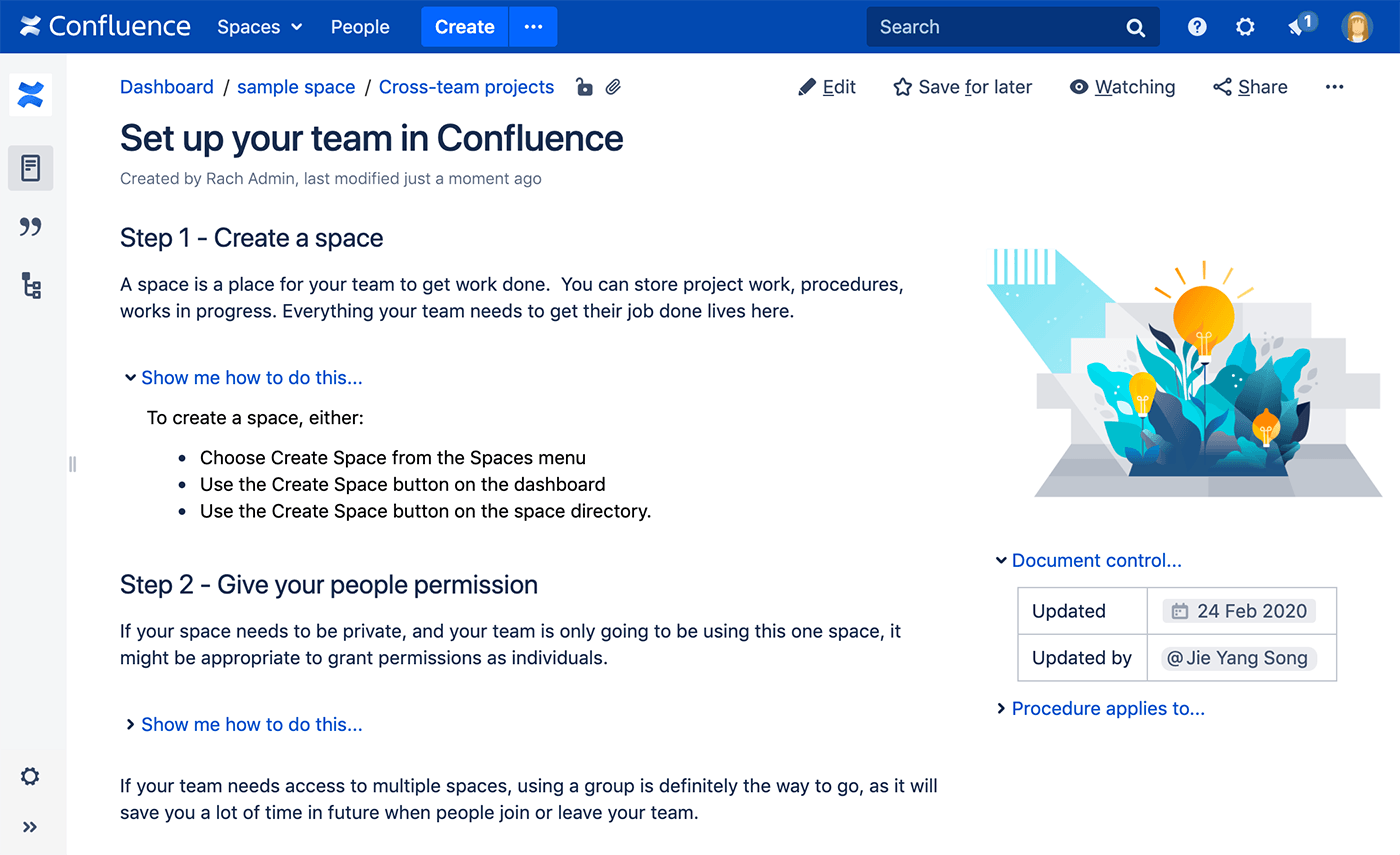
Pricing: Free, advanced features starting from $5.50/user/month
Rating on Capterra: 4.4/5
For many years, Confluence was the tool that set the bar for enterprise wiki and internal knowledge base software. It remains one of the most powerful and versatile solutions you can find. It's particularly well-suited for large tech businesses and software development teams.
While Confluence lacks some of the specialized knowledge management and publishing features of Document360, it's a more flexible and collaborative tool that can be used for a wider range of use cases, including project documentation, collaborative note-taking, technical docs, and more.
Why you might prefer Confluence over Document360:
Confluence seamlessly connects with Jira, BitBucket, and other Atlassian products.
Confluence offers a more collaborative experience, including real-time editing, comments, discussions, and more.
Confluence offers a wider selection of third-party integrations and plugins.
The per-user pricing model of Confluence offers more flexibility than Document360 and makes it more affordable for smaller teams.
Read our detailed review of Confluence to learn more.
Looking for more tools similar to Confluence? Check out this list of Confluence alternatives.
What users say about Confluence:
"Confluence allows my organization to keep its knowledge base completely streamlined. It's easy to collaborate and keep information up-to-date."
Document360
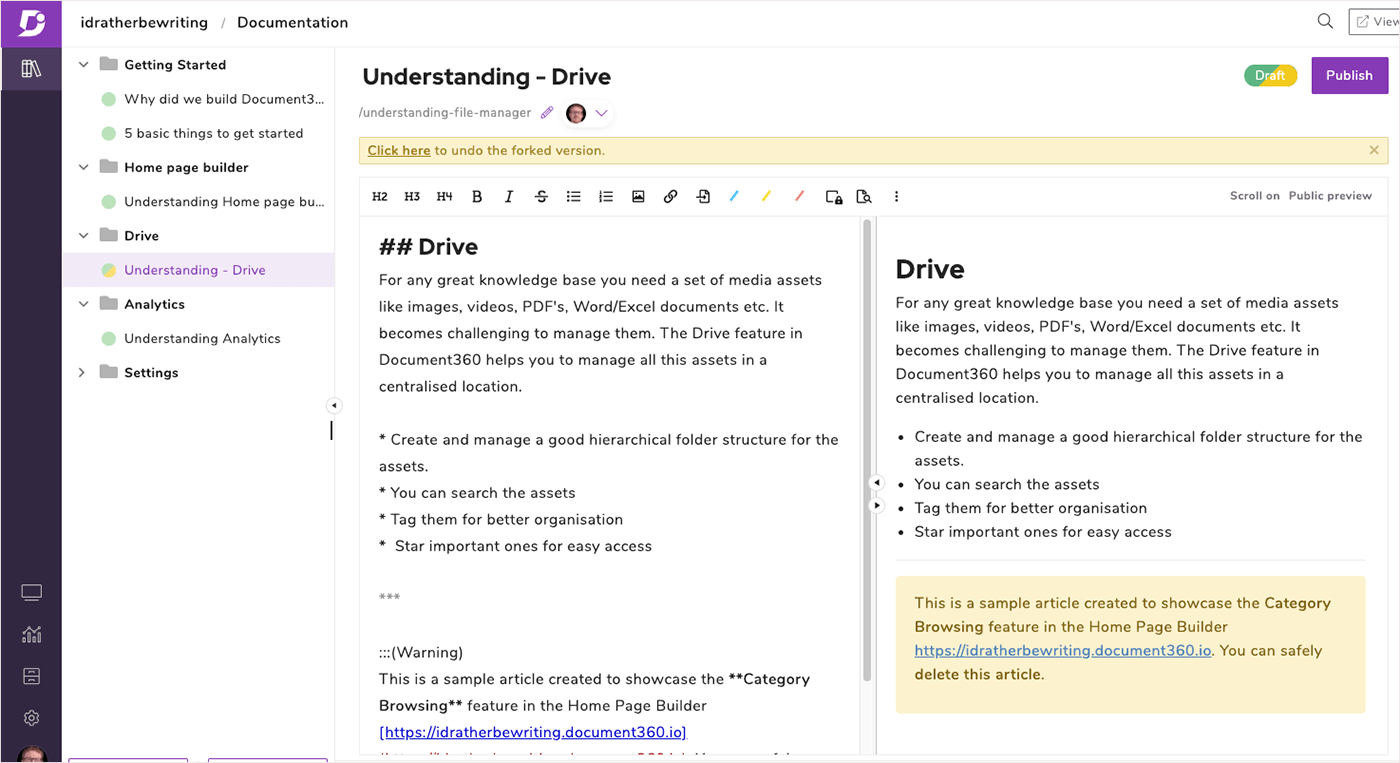
Pricing: Free, advanced features starting from $99/project/month
Rating on Capterra: 4.7/5
While Confluence is primarily an internal documentation tool, Document360 is a hybrid solution that can bring together your internal and customer-facing documentation. Confluence also allows you to expose content externally, however, Document360 offers much more flexibility and customization options when it comes to publishing your docs.
Other notable features of Document360 include built-in localization mechanisms, content review reminders, SEO features, comments, and more. Granular analytics allow you to track how the readers interact with your docs. Documentation writers can choose between a Markdown editor and visual WYSIWYG tools, tailoring the editing experience according to their preference.
Note that compared to Confluence, the pricing model of Document360 makes it less affordable, especially for smaller teams. Its cheapest plan starts from $99 per month and only includes customer-facing documentation features. To be able to manage both your external and internal docs in Document360, you will need to pick one of the premium plans ranging from $299 to $599 per month.
Why you might prefer Document360 over Confluence:
Document360 makes it easier to publish and customize external documentation.
Document360 has advanced localization features, allowing you to easily manage documentation in different languages.
Some users find that Document360 is somewhat easier to set up and get started with than Confluence.
Document360 has a rich feature set with all core functionality built-in, while Confluence may require multiple additional plugins (many of them paid).
Looking for more tools similar to Document360? Check out this list of Document360 alternatives.
What users say about Document360:
"As a standalone knowledge base, Document360 has almost all of the features that I'm looking for: a good HTML and Markdown editor, a table of content, great searchability, and an easy-to-use CSS and JavaScript customization, among others. I have previous experience with other platforms such as Confluence and Salesforce, and by far this is the easiest to learn and use."
Other alternatives
It should be mentioned that your options are not limited to just Document360 and Confluence. Both tools have their strengths, but they also share several weaknesses:
Both Confluence and Document360 come with a fairly steep learning curve.
Neither tool treats speed and performance as top priorities.
Document360 and Confluence are not designed for seamless real-time collaboration.
If you are looking for a more user-friendly, fast, and collaborative knowledge base and documentation solution, consider Nuclino. Lightweight and minimal by design, Nuclino focuses on the essentials, doing away with clunky menus and rarely-used options, and minimizing the learning curve for new users.

Every document in Nuclino can be collaborated on in real time, with every change automatically preserved in the version history. Comments and mentions can be used to easily exchange feedback.
Similar to the Ask Eddy feature of Document360, Nuclino comes with AI-powered search option called Ask Sidekick. Sidekick can instantly answer any question based on your team's content in Nuclino.
Sidekick can also help you generate ideas, create first drafts, improve your writing, summarize long documents, and more, streamlining your writing process. You can use it to generate all kinds of unique images too – 2D and 3D, abstract and photorealistic, detailed and simple.
Nuclino offers built-in visual collaboration and allows you to add an infinite collaborative canvas to any page. You can use it to create diagrams and flowcharts, brainstorm ideas using sticky notes, build moodboards, and much more.
You can also turn any Nuclino workspace into a public website, accessible to anyone on the web and discoverable via search engines. It's perfect for help centers, user documentation, changelogs, and much more.
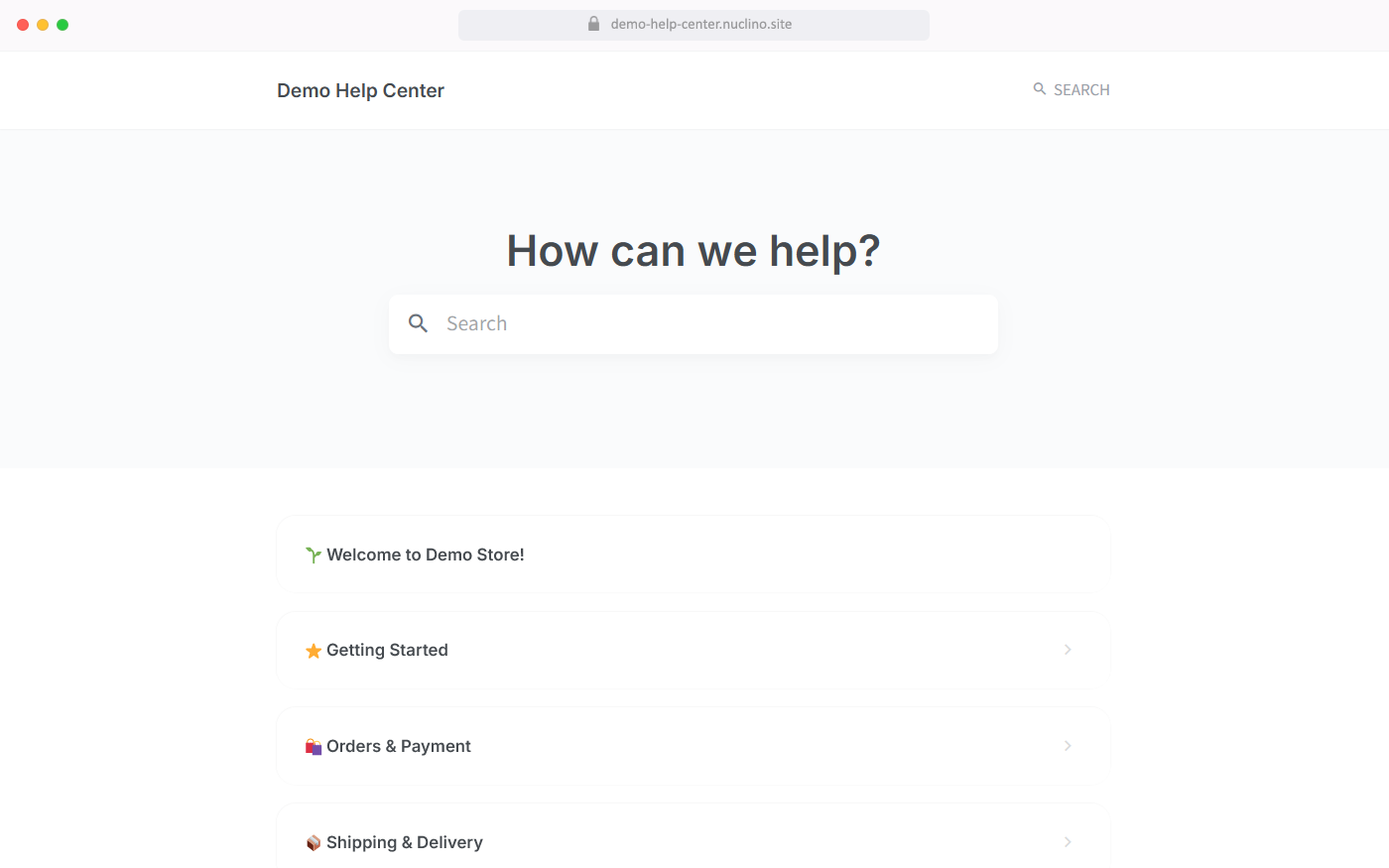
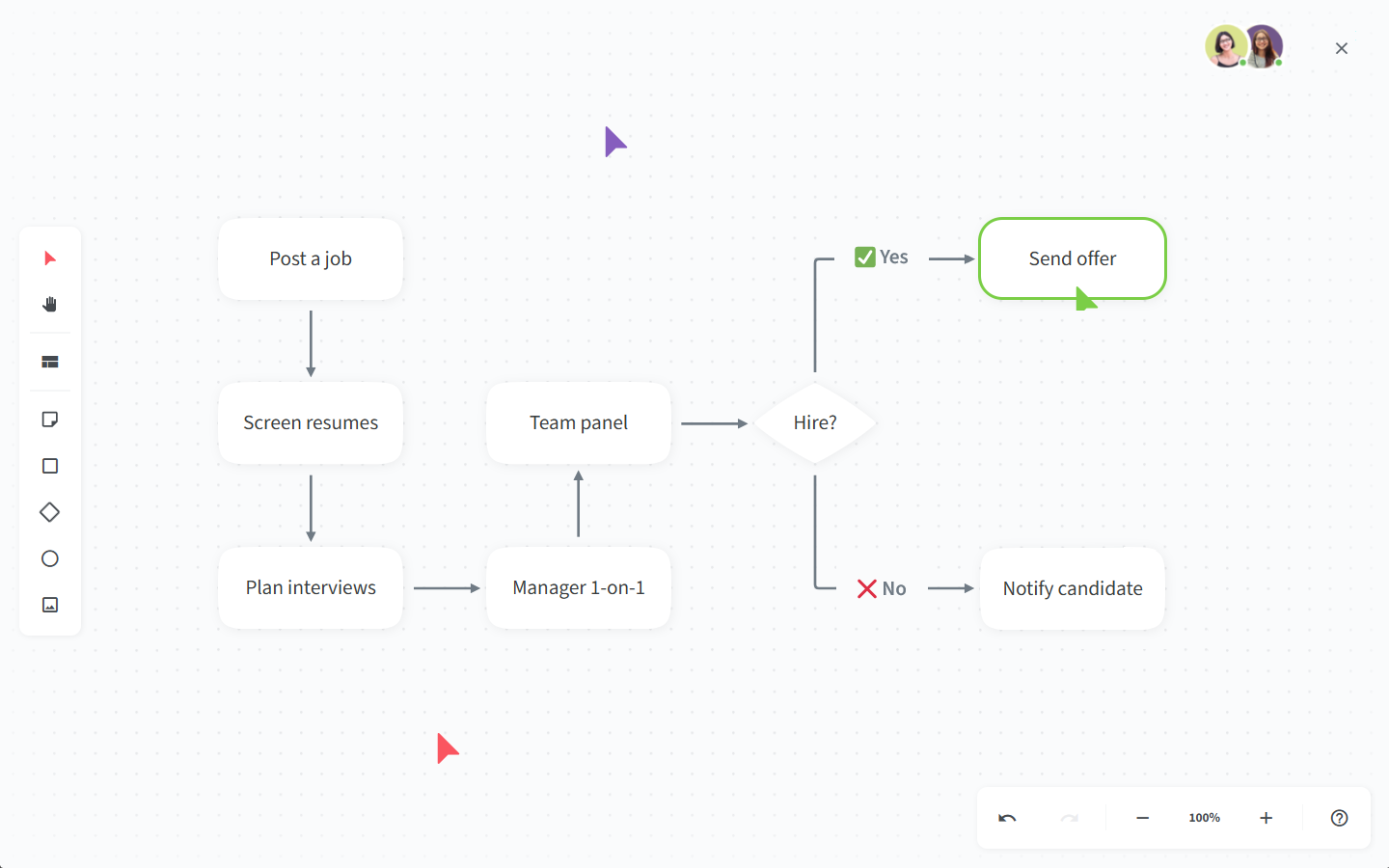
But Nuclino is more than just a wiki or documentation tool. It's a unified workspace that works like a collective brain, allowing you to bring all your knowledge, docs, and projects together in one place. It's versatile enough to be used to manage projects, plan sprints, onboard new employees, take meeting minutes, and more. The list, board, table, and graph views help you structure your documents in a way that best matches your workflow.
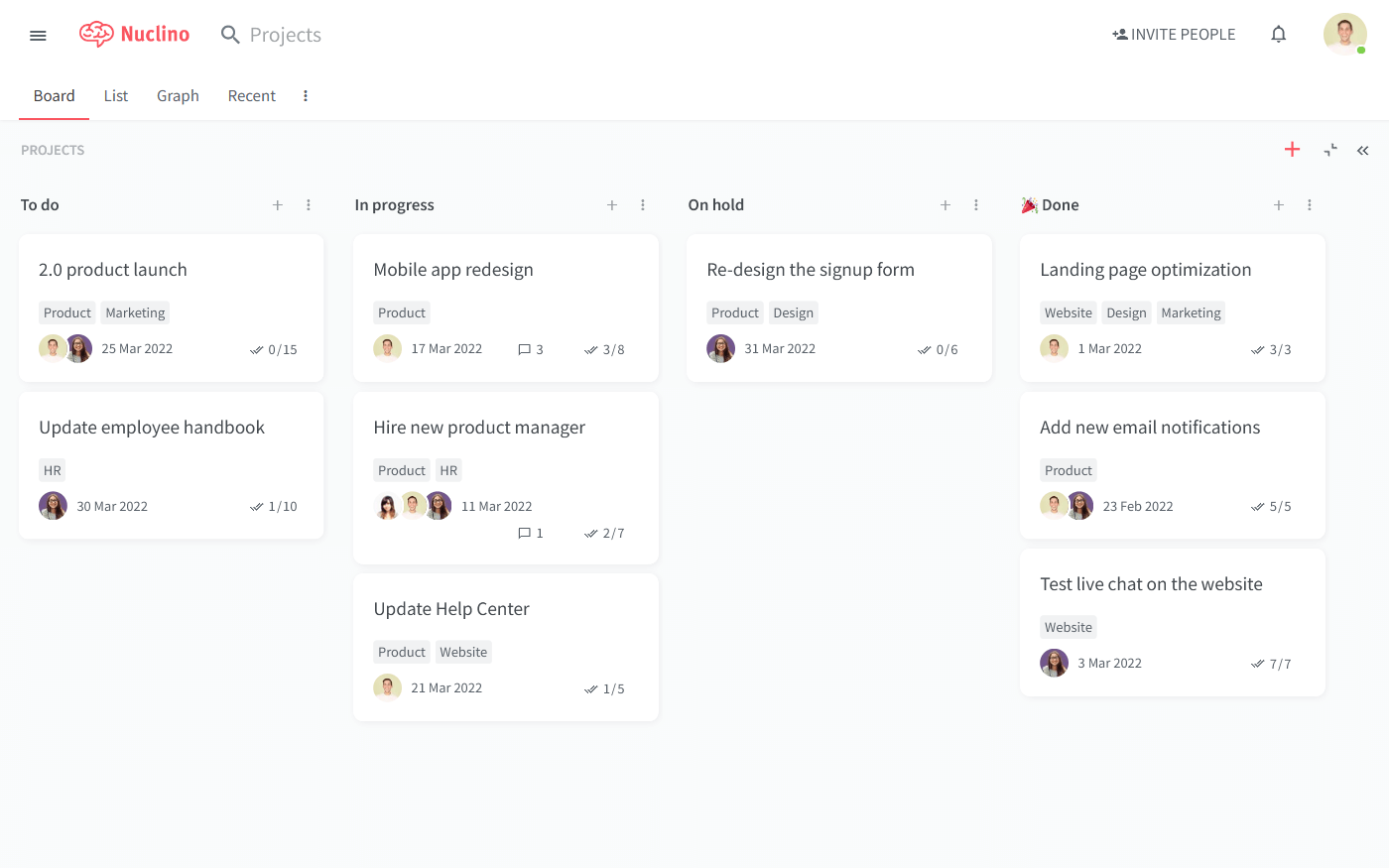
Learn more about how Nuclino compares to Confluence: Nuclino vs Confluence.
Confluence vs Document360: So which is better?
There is no definitive winner when you compare Document360 and Confluence. If your team already uses other Atlassian products, such as Jira or BitBucket, and is looking for a flexible, collaborative solution, then Confluence may be a good fit for you. And if you like the idea of a highly specialized documentation platform that can be used to build a custom external customer service knowledge base site, then Document360 may be the way to go.
On the other hand, if you prefer something more modern, collaborative, and easy to use, consider exploring other alternatives, such as Nuclino.
Ultimately, the best choice depends solely on your team's specific requirements and preferences. We hope this article has made your decision a little easier.
Ready to get started?
